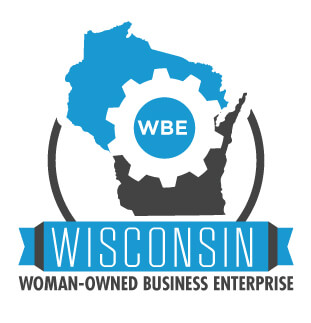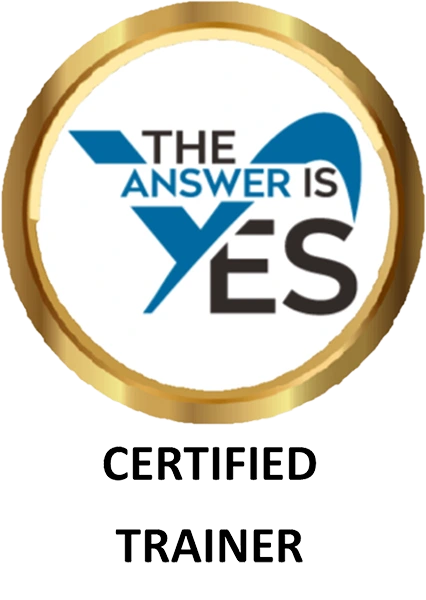“Anyone who has never made a mistake has never tried anything new.” Albert Einstein
No one ever does something perfectly the first time they try something new. But when we talk about behavioral change, we don’t mention that trial and error are a natural part of the process and that repetition until they get it right is important and necessary to build a new skill.
We say that “practice makes perfect” or perfect practice makes perfect, but we don’t acknowledge that practice means repetitive attempts that will frequently involve missteps on the path to success.
It may seem obvious, but caught in the stress of change it is unlikely that employees recognize and calmly accept that repeated failure and mistakes are part of the change process. We need to openly acknowledge that behavior change is not automatic or easy- and do our best to make the case that the change is worth the effort. We need to be cheerleaders so that employees don’t lose heart the first time or the tenth time they fail.
This means that we are present and accessible throughout the labor pains of change. We cannot dump a change on employees, give them some information and training, and then walk away thinking that our job is done. Birthing that change requires our active participation and support. We need to accept and expect that our employees will make mistakes- and be there to encourage them to keep trying. Eventually, they will learn from those mistakes until they achieve mastery of the new skill.
May your learning be sweet.
Deborah





